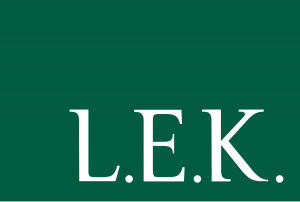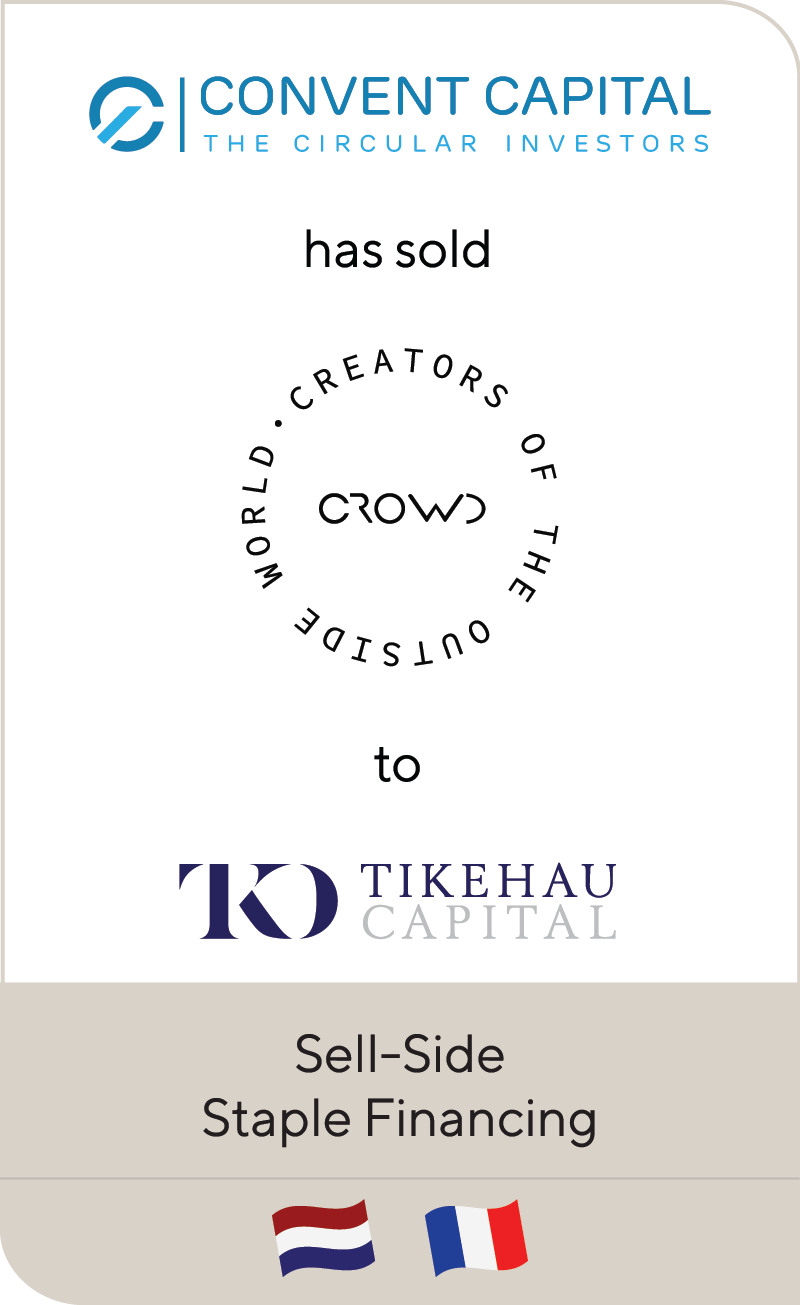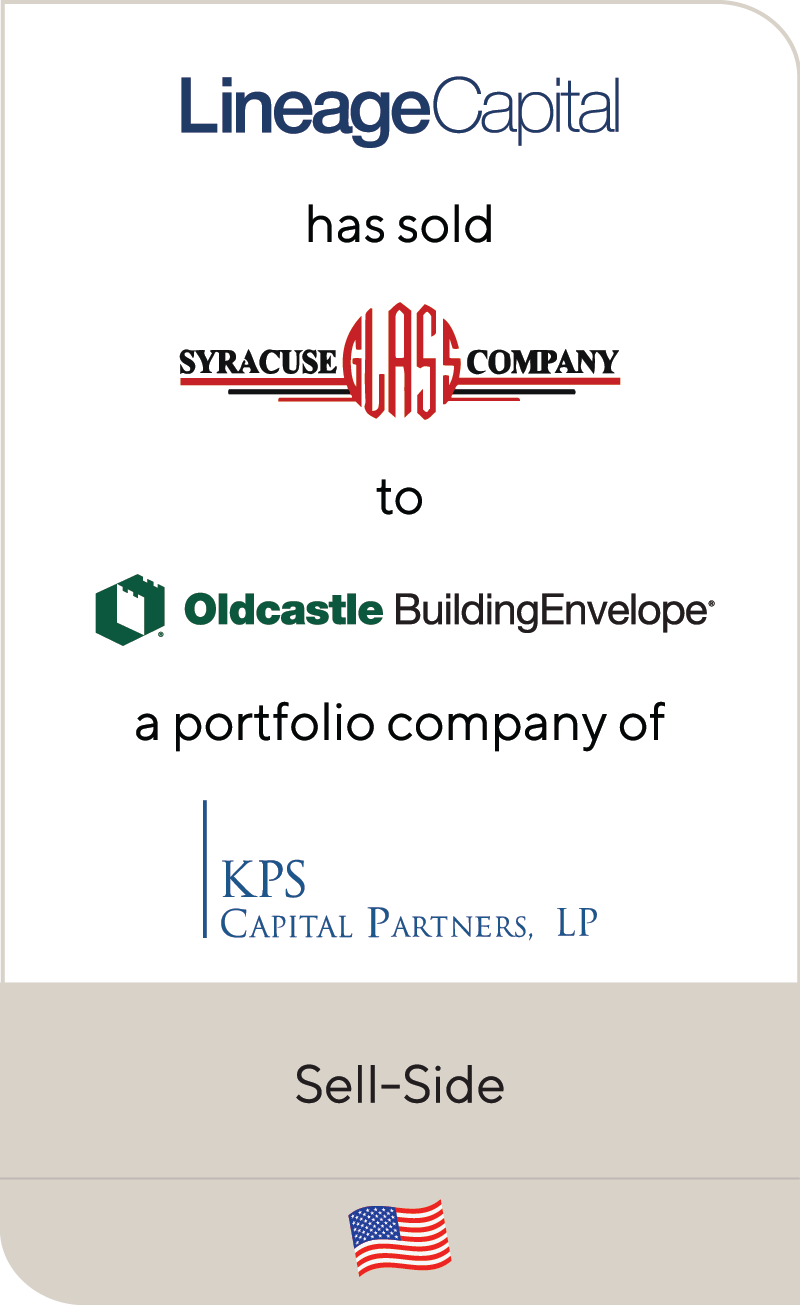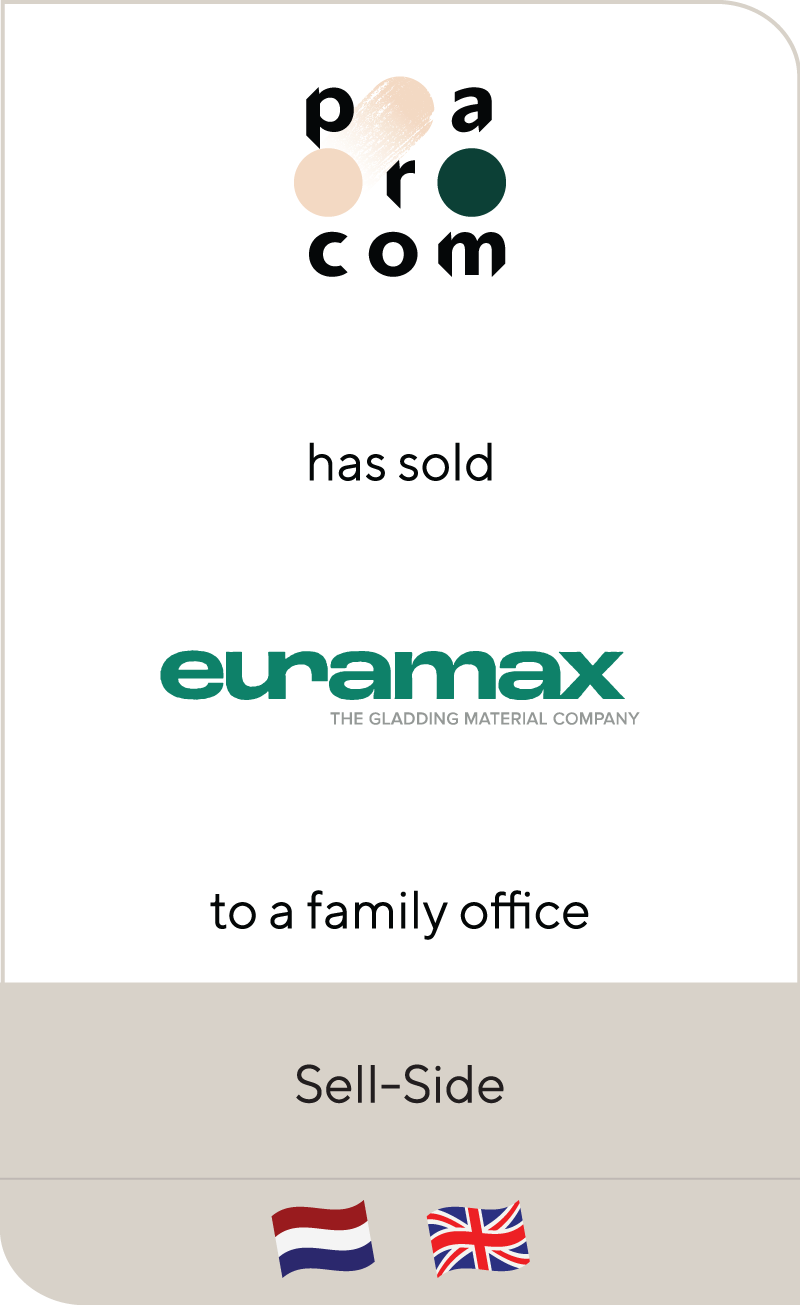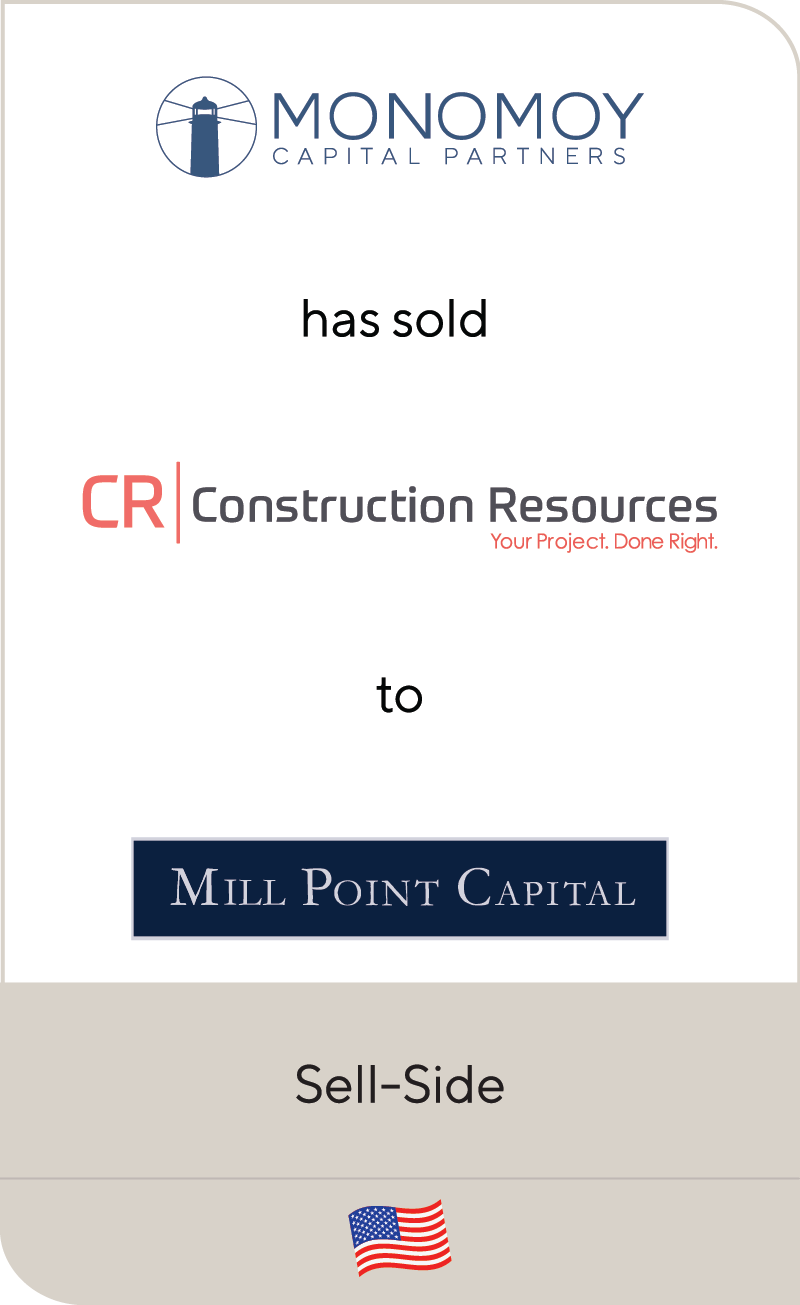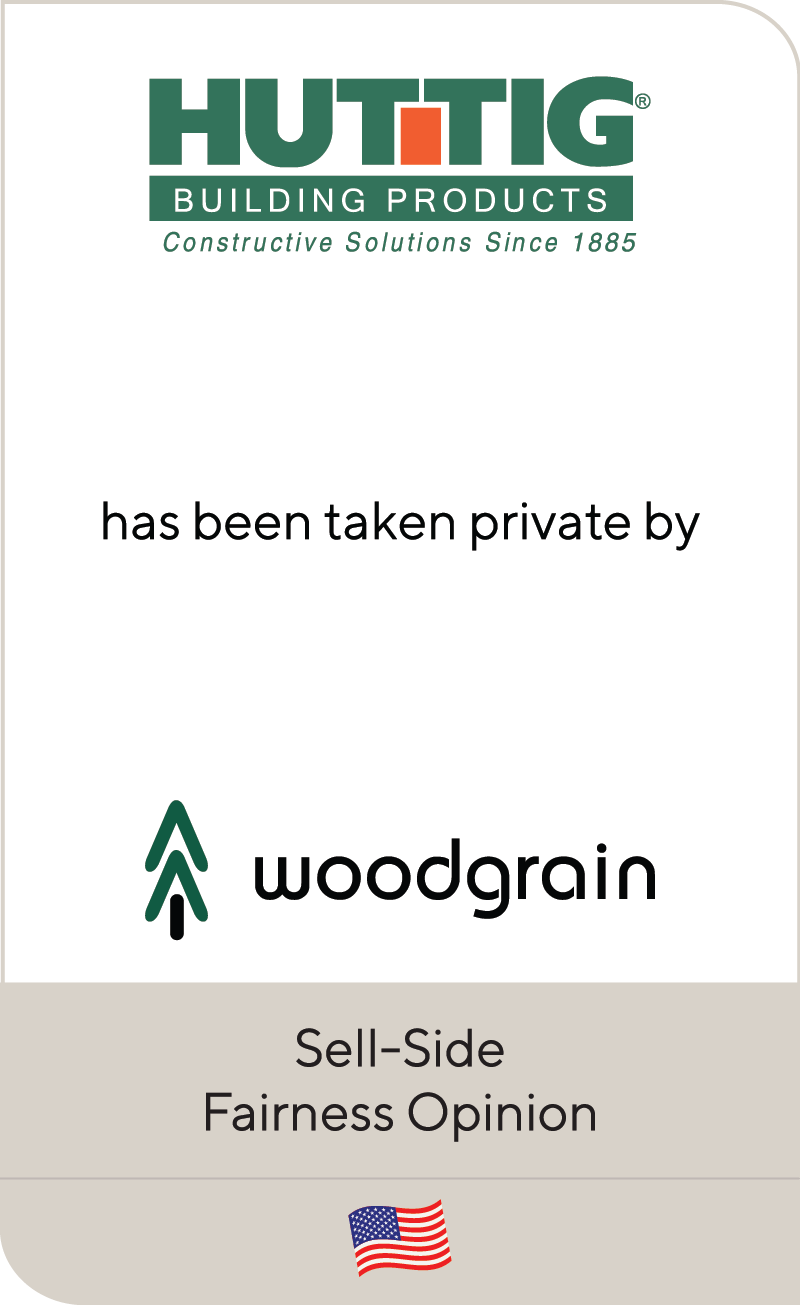2020 Building Products Perspectives and Trends
Feb 2021
| Due to COVID-19, Lincoln International and L.E.K. Consulting had to cancel the annual Building & Infrastructure Conference for 2020. Our hope is that we can host you again in the fall of 2021 in New York City. With the International Builders Show also transitioning to a virtual event in 2021, we thought it was more important than ever to share our perspectives on what we have seen in 2020. The broader residential construction market has performed remarkably well despite the pandemic, and we also have seen several trends accelerate that we expect to continue during and post-pandemic. We look forward to connecting with you again in person in 2021. |
Construction Activity Update
After an initial period of disruption to demand and the supply chain, residential building products have been resilient and are experiencing significant growth. The first area to show strength during the pandemic was residential repair and remodel (R&R), which has continued to outperform as a result of a reallocation of resources into the home, where consumers are spending more time. Homeowner mobility has been declining for years; the implied years between homeowner moves has increased from 12.0 years in 1999 to 19.6 years in 2018. While housing turnover has slowed, residential R&R performance has continued to grow as there has been a significant nesting effect. A survey conducted by John Burns Real Estate Consulting recently concluded that the No. 1 reason to invest in a kitchen remodel is that the owner can “no longer stand looking at the current kitchen.” COVID-19 accelerated this nesting trend and its impact on businesses exposed to R&R. While residential R&R growth rates are expected to be lower in 2021 versus 2020 due to some project pull-forward that has occurred over the last eight months, there will be significant category variations driven by purchase urgency, average cost and home experience.
Summary
-

- Lincoln International and L.E.K. Consulting share 2020 perspectives and trends in the building products sector in place of the annual Building & Infrastructure Conference that was cancelled due to COVID-19.
- Click here to download a printable version of this perspective.
- Sign up to receive Lincoln's perspectives
As we moved through the summer of 2020, new residential construction also accelerated as demand for larger single-family houses that are further from city centers increased. The rise in demand has also been coupled with aggressive actions from the Federal Reserve to keep long-term interest/mortgage rates low in addition to higher levels of consumer savings due to lockdowns. The growth in new construction is also driven by demographics as well as COVID-19 factors. A recent Zonda survey found that the number of millennials considering a home purchase has increased from 22 million pre-pandemic to 29 million currently. In contrast, multifamily housing was above historical levels in 2019 but experienced an estimated 10.4% YOY decline between March and September in 2020, as market uncertainty and consumers’ desire for more space curtailed many new projects. Total housing starts activity in 2021 could be even stronger as mortgage rates remain at record lows, consumer income and home values rise, and millennial household formations accelerate (although multi-family starts are projected to decline).
Homeowners Move Far Less OftenSources: U.S. Census, John Burns Real Estate Consulting |
Builder Confidence Quickly Recovered and Is Making All Time HighsNote: a score above 50 represents good conditions while a score below 50 represents poor conditions |
The nonresidential construction market was negatively impacted as the demand for commercial real estate, specifically office structures, struggled throughout the year. While high backlogs provided initial support, the pace of completions and new bookings has since slowed in most geographies. Cumulative U.S. non-residential construction spending fell by 1.8% through November, but then 7.7% in November. Despite broader softness, there were bright spots in warehouse, distribution centers and data centers throughout 2020, which benefited from continued e-commerce trends. While this past year has been a challenging one for nonresidential construction, there are forward-looking indicators like the Architecture Billings Index (ABI) and lending statistics that suggest the industry may be reaching a bottom. The potential for widely available COVID-19 vaccines with high efficacy could lead to an accelerated recovery for the sector later in 2021 or 2022.
Specific Industry Trends
While the long-term impact of COVID-19 on construction-related end markets is still unclear, trends that were in motion before the crisis are becoming more pronounced and may be accelerating, including the following:
1. E-COMMERCERecent dynamics and emerging implications: Online purchase of easily shipped, small ticket R&R projects (<$5,000) has accelerated through the COVID-19 pandemic, with at least some of this increased activity likely to represent a permanent change in buying behavior. E-commerce had been a developing channel for many building product verticals even before the pandemic. In the past year alone, Home Depot’s online sales grew 80% versus total sales growth of 13%, while Lowe’s online sales grew 106% versus total sales growth of 19%. Similarly, many categories have seen online sales growth fueled by the pandemic; for instance, online paint spend is estimated to have increased by 42% over the year to July 2020 versus 23% growth for in-store sales. Despite this sector-specific trend toward online buying, companies still face three key digital challenges:
> M&A implications: Some manufacturers have built powerful digital platforms that can take an omni-channel approach to balancing the concerns of all channels and fostering growth online; companies able to manage this conflict have earned premium outcomes in M&A assignments. |
|||
2. OUTDOOR LIVING
> M&A implications: Companies in and around the outdoor living thesis have earned higher multiples in sale transactions as a result of COVID-19, as purchasers are strong believers that the trend is long term and not just a short-term fad attributable to a “COVID bump.” We expect industry growth to continue outpacing broader construction activity and still represent an attractive area for investment going forward. Manufacturers and investors who are unrepresented in the outdoor living space can find multiple entry points given the many subcategories, with further opportunities to consolidate product specialists into broader solutions. |
|||
3. MODULAR CONSTRUCTIONRecent dynamics and emerging implications: Labor shortages in construction trades have been a growth constraint for several years and have persisted in 2020. Furthermore, single-family homes are constructed very similarly to decades ago, creating an opportunity for modular construction to help address shortages in construction trades that have been a growth constraint for several years and, despite broader unemployment increases across the nation, have persisted in 2020. However, some caution is needed as modular and semi-modular construction represents only 3%-4% of residential homes today. The Great Recession led to modular construction exits as companies sought strategies that could drive a faster return on capital, and this has started to occur again in 2020 (e.g., Skender, Guerdon) with the Wall Street Journal reporting that Softbank is investing in Katerra to ensure the company’s liquidity. Semi-modular construction — prefabricated/prior assembly of selected components — is likely to have the stronger prospects going forward. A 2020 Dodge Data & Analytics survey found that market participants planned to increase their use of prefabricated single trade assemblies over the next three years; meanwhile, major builders are developing capabilities in this area (e.g., Pulte acquired ICG, a provider of off-site framing). > M&A implications: We have seen multiple clients evaluate opportunities that can make their products more job site ready, including factory built/pre-assembled products. There has even been interest in the modular construction space broadly from players outside of what has historically been a niche industry. New construction-focused manufacturers and distributors will need to ensure that they have developed the capabilities to support a more prefabricated world, and that could include acquiring modular or prefabricated capabilities and developing relationships / partnerships with these businesses. |
|||
4. CONSOLIDATION IN DISTRIBUTIONRecent dynamics and emerging implications: The decade long run in distribution consolidation is set to continue as Amazon looks to further disrupt traditional routes to market and earn a higher share of the pro customer’s wallet, with distribution specialization being a key strategy to limit this impact. Furthermore, larger players that are able to drive industry consolidation have become further advantaged as low-cost distribution models and customer online preferences have accelerated the need to invest in e-commerce and logistics. Manufacturers will need to be thoughtful as they plan for the future, balancing the need for enhanced service to existing channel partners with alternative investment in building downstream property owner relationships, supporting alternative channels or selling direct as a means to reduce dependency on fewer distributors. Distributors can enhance manufacturer and customer support by leveraging new capabilities from consolidation. > M&A implications: Building and construction distribution had 38 announced or closed transactions from January-December 2020, similar to 2019, but at a record level of transaction values. Even when the HD Supply/Home Depot transaction is excluded, reported transaction values totaled ~$4.8 billion compared with ~$1.1 billion in 2019, representing the highest level of deal value in the last five years. Strong multiples continue to be paid across all verticals of building products distribution; while certain verticals are nearly fully consolidated (e.g., roofing and wallboard), several other verticals remain fragmented (e.g., masonry and landscape products). November 2020 illustrates all flavors of M&A rationales, including serial roll-ups (e.g., SRS’s acquisition of C.C. Supply), strategic acquisitions and/or integrations (e.g., Home Depot’s acquisition of HD Supply) and private equity investment (e.g., American Securities’ acquisition of Foundation Building Materials and subsequent purchase / combination of Beacon’s interiors business). |
|||
5. INCREASING INPUT COSTS / SUPPLY DISRUPTIONSAll told then we see a continuing recovery in automotive M&A as we move towards the end of the year and into 2021 with several factors driving this. As the leading advisor to the industry, we are well positioned to help execute your strategic objectives and initiatives.
|
|||
L.E.K. Consulting is a registered trademark of L.E.K. Consulting LLC. All other products and brands mentioned in this document are properties of their respective owners. © 2021 L.E.K. Consulting LLC
Lincoln Contributors
L.E.K. Contributors
|
Robert Rourke |
Lucas Pain |
Lincoln Professionals with Complementary Expertise
Related Perspectives

Building Products M&A Market Finds its Footing
The building products industry gathered at well attended conferences in early 2024. The National Association of Home Builders International Builders’ Show (IBS) and Kitchen and Bath Show (KBIS) attracted its largest crowd… Read More

The Eventual Normalization of the Housing Market will Create a Busy Period for Building Products M&A
In late 2022, building products companies were assessing the impact of the flash freeze in the new residential construction market caused by mortgage interest rates more than doubling. However, as… Read More

2021 Building & Infrastructure Conference Recap: Six Trends Impacting the Industry
Published by L.E.K. Consulting on December 16, 2021. L.E.K. Consulting and Lincoln International recently co-hosted the 13th annual Building & Infrastructure Conference in New York City, New York. More than 120 construction… Read More

Webinar | Digital Strategy: The Next Tool in UK Building Products Distribution
On November 5, the UK entered a new lockdown. Effective until December 2, pubs, restaurants, non-essential shops, and entertainment venues are closed—and there are steep fines for those that do… Read More

